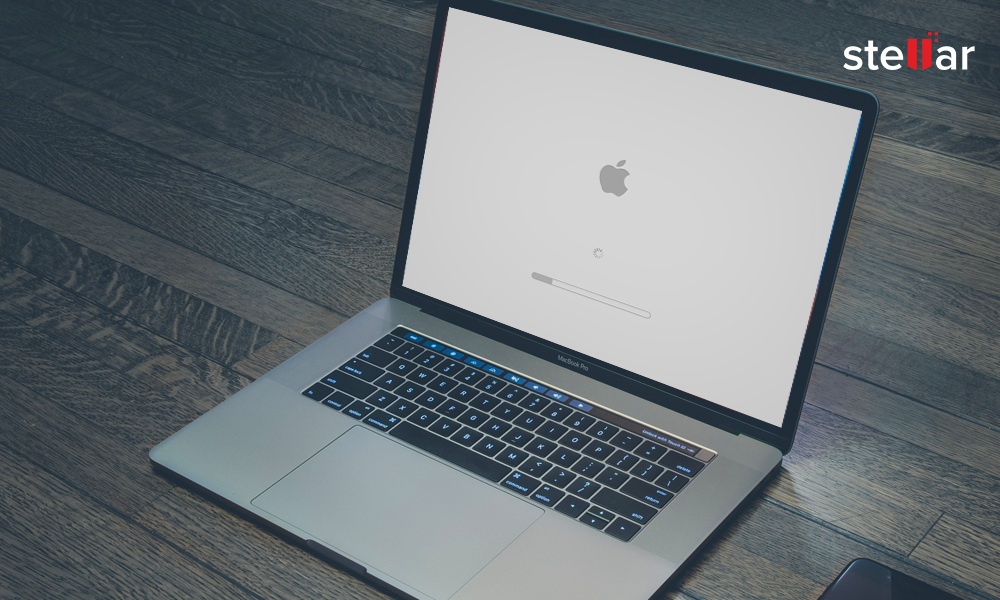

If your problems persist, you can try reinstalling the M1 Mac’s firmware.

#2015 macbook pro retina fan noise restart mac#
Disconnect all USB devices (except your keyboard, if it’s a wired keyboard), hold the power button down until the Mac shuts off completely, and then press it again and immediately hold down Command-Option-P-R. The most likely cause is that your Mac isn’t registering the key presses due to wonkiness with a USB device. If you hold down Command-Option-P-R at startup and you see nothing but a gray screen that doesn’t change for several minutes-no Apple logo, no progress bar, no second startup chime-don’t panic.

If you would like the system to inspect the NVRAM on an M1 Mac, shut it down completely, wait a few seconds, and then power up the Mac. There isn’t a key combination that you hold down while starting up the Mac. On M1 Macs, the NVRAM is tested during the startup process, and if the system detects a need to reset, it will. NVRAM corruption is fairly uncommon, but if your Mac seems to take forever to figure out the correct boot disc, starts up with the wrong screen resolution, or suffers from weird audio problems (like there’s no sound whatsoever or the menu bar’s volume control is grayed out), a reset of the NVRAM might help-and it’s quick and harmless. NVRAM serves approximately the same purpose as PRAM, but instead of storing a dozen or more pieces of information, it now contains just a few: your selected startup disk, speaker volume, screen resolution, time zone, and-if your Mac has crashed recently-details of the last kernel panic. Modern Macs no longer use PRAM they instead use something called NVRAM (NV for non-volatile). So you could press a key sequence at startup to reset (or “zap”) the PRAM, returning it to default, factory values. If the values in this memory got out of whack for one reason or another, your Mac might not start up correctly or might exhibit any of numerous odd behaviors afterward. The P in PRAM stood for “parameter” (the RAM was just RAM-random access memory), and it referred to a small amount of special, battery-backed memory in every Mac that stored information the computer needed before it loaded the operating system. Zap the NVRAM (or PRAM)īack in the day, the standard list of quick fixes for random Mac ailments always included clearing the PRAM. For M1 Macs, try shutting down the computer, waiting for several seconds, and then boot it up. M1 Macs don’t have a procedure for zapping the NVRAM, and they don’t have an SMC.

The procedures here apply to Intel-based Macs. Your repair repertoire should also include a couple of additional procedures that can occasionally eliminate otherwise inscrutable problems-zapping the NVRAM and resetting the SMC. When your Mac starts acting up, you’ll probably run through some common troubleshooting procedures, such as restarting it, running Disk Utility, and perhaps performing a Safe Boot.


 0 kommentar(er)
0 kommentar(er)
